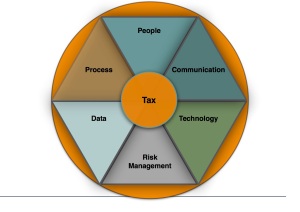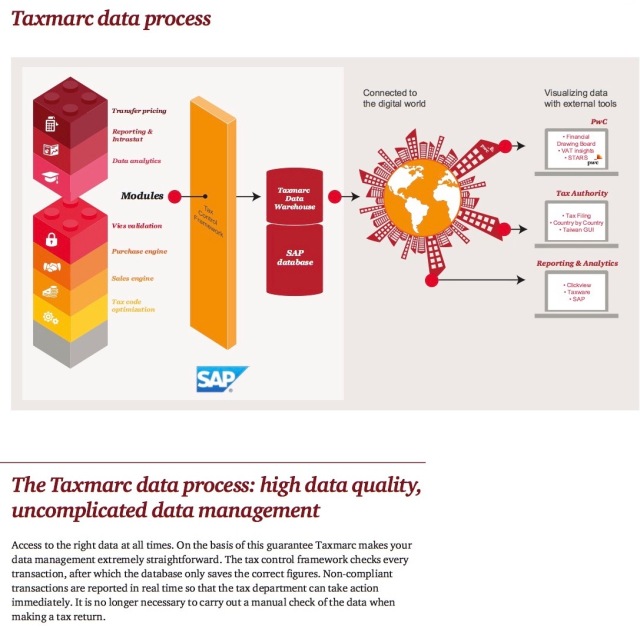From 1st July 2016 onwards it is required to provide SAFT-PL files (in Polish: “Jednolity Plik Kontrolny” or “JPK”) in XML format on request of the PL Tax authorities.
Filing SAF-T will be mandatory for large taxpayers: employ more than 250 people or 50 million EUR sales revenue irrespective of whether they are established in Poland or not. Per 1st July 2018 this extended to taxpayers with more than 9 employees or 2 million EUR sales revenue.
Foreign businesses not having a branch and/or fixed establishment but that are registered for VAT in Poland fall within the scope of the above reporting requirement when above conditions are met.
On 19 May 2016 the Upper Chamber of the Polish Parliament passed a bill on the amendment of provisions of the Tax Ordinance and of some other acts. According to the bill adopted by the Parliament, the obligation to generate VAT reports in a SAF-T data format and their monthly reporting to the tax authorities will apply initially only to the largest enterprises for each month begun on or after 1 July 2016.
It means that Large Enterprises will be obliged to file VAT reports in the SAF-T data format already on 25 August 2016. Thus, Large Enterprises will be obliged to submit in monthly period VAT register in SAF-T format (according to JPK_VAT structure 4 – VAT register) even if the VAT reporting period is quarterly.
Taxpayers will be obliged to submit the SAF-T format:
- on request in the case of a preliminary tax inquiry, a tax audit and tax proceedings;
- monthly mandatory – with respect to the VAT sales and purchases records only (Article 109(3) of the Value Added Tax Act of 11 March 2004 (VAT records) by submit monthly a SAF-T file that contains VAT sales and purchase records.
The first requests to submit audit files at their discretion will likely take place September 2016. The monthly VAT reports on 25 August 2016. Not complying with this obligation will not only negatively affect the position of taxpayers during a tax audit but also result in unforeseen tax costs as penalties will be levied.
‘Final’ version of the logical structures of the Standard Audit File (SAF) was published by the Ministry on 9 March 2016 including FAQ.
Besides introduced now in Poland similar EU obligations exist already in Portugal (2013) Luxembourg (2013), Austria (2009), France (2014), Lithuania (2015). More and more tax administrations around the world are implementing electronic auditing of a business’ financial records and systems.
SAF-T Poland and SAP
SAP developed currently only an extraction tool for SAP ECC 6 and higher version. The generation of the SAFT-PL XML files is not included. Certain companies use “older versions” of SAP and will not be supported by SAP.
Based on SAP’s OSS notes, SAP provides only at the moment a functionality for gathering and downloading the transactional data. However, it is not the complete set of data required and the creation of the SAF-T file for the tax authorities is also not included. The functionality will also only be available for companies established in Poland and not for companies with a foreign Polish VAT registration.
In order to be able to comply with the requirements and provide the XML file on request in time, tooling needs either to be developed or purchased.
Our solution
A SAFT-PL tool that already works for Portugal that includes also strategy for downloading the relevant data from SAP for older SAP versions.
The basic design for a workaround solution is to extract the raw source data from the relevant SAP tables and use software tools to load the relevant data from the source SAP tables, perform additional mappings and data preparations and create the required XML files.
We offer 2 solutions:
- A software application called Audit Command Language (ACL). This software is commonly used by auditing firms, tax authorities and internal audit departments. The process will be that the client will download the data from SAP and make it available to the Phenix. Phenix will then generate the XML files and some control reports and provide these files and reports available to client for submission.
- A tool in MS Access in combination with a specific user interface for extracting the data from SAP. The result is a full in-house solution for the client.
Above process is based on our proven tool developed for the generation of the SAF-T files for Portugal.
Detailed information about SAF-T compliance and planning
Contact us for more information








